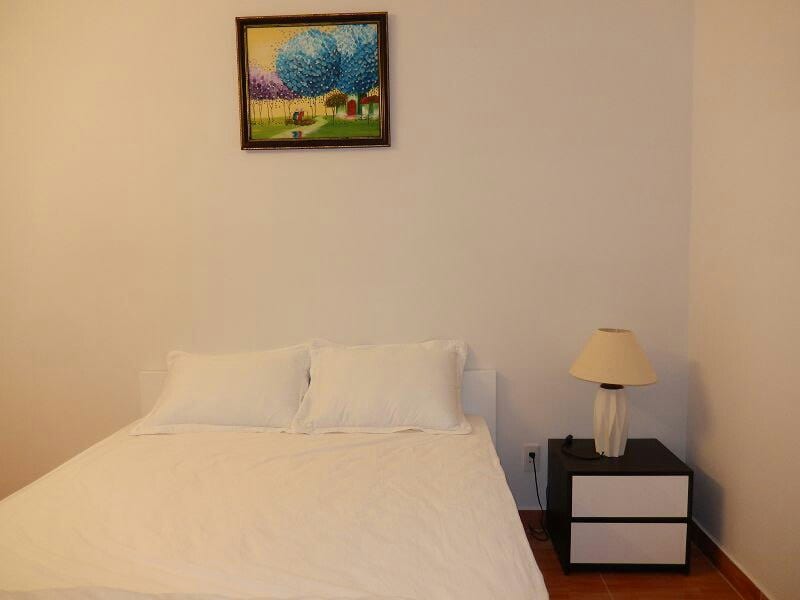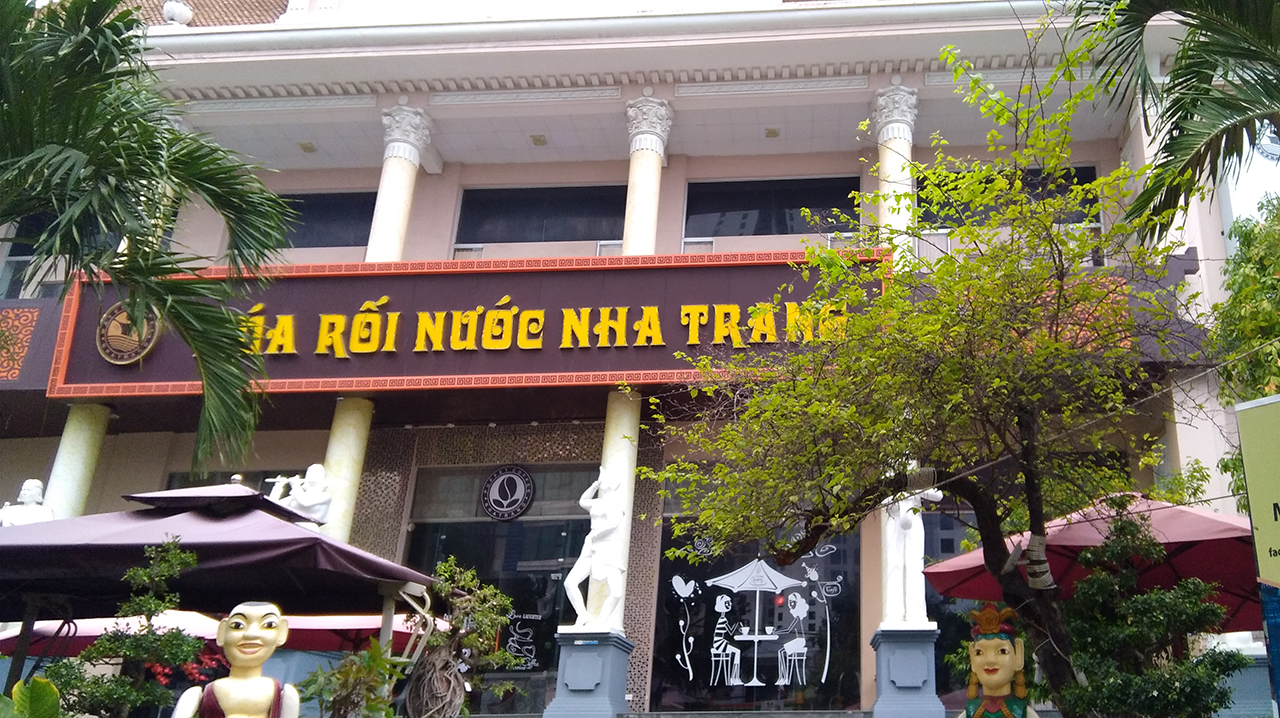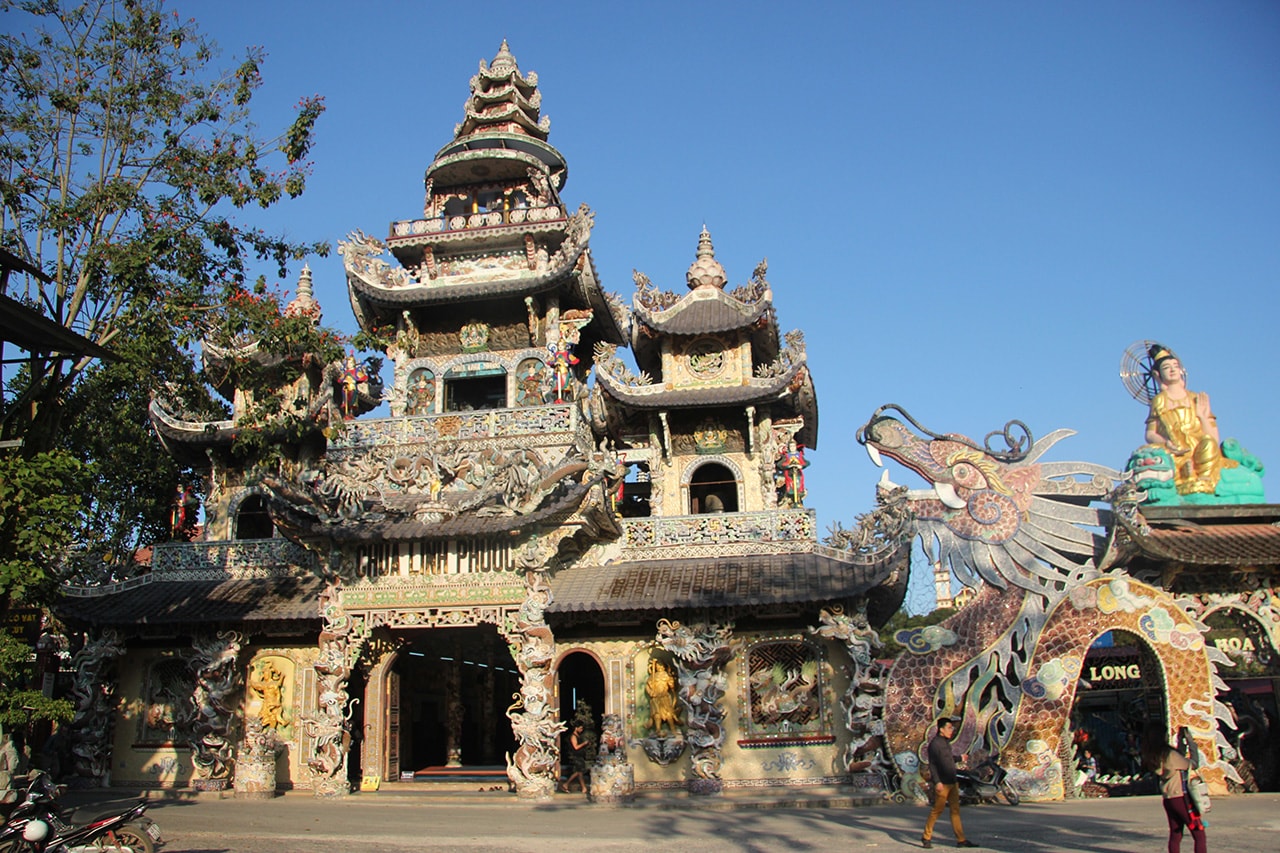Tired of the same type of art galleries and boring, similar to each other, museums. We are ready to bet that you have not been to the Vietnamese Women’s Museum in Hanoi (Vietnam).
General information about the museum
Entrance fee (October 2017): 30,000 d
Audio Guide Cost (available in English, French and Vietnamese): 30,000 d
Average visit duration: 2 hours
Web site: http://www.womenmuseum.org.vn

Museum History
Almost every museum dedicated to history is another reminder of the role of men in the development of mankind. Generals, philosophers, politicians – they decide destinies, unleash wars, form philosophical schools. With rare exceptions, women loom in the background, supporting the life of great thinkers. But is it really? What place in the history of the country or even the world belongs to a woman? The beautiful half of Vietnam decided to find the answer to this question. Thus, in 1987, at the initiative of the Vietnamese Women’s Union, a unique project of its nature was launched, which helped to highlight the life and role of a Vietnamese woman in history. The union managed to collect an extensive collection of materials from across the country: more than 20,000 objects. In 1995, the museum opened its doors to visitors.
October 20, the whole of Vietnam celebrates the Day of the Vietnamese woman, so going to the museum these days is more than ever. It does not matter at all whether you consider yourself a supporter of patriarchy or share the ideas of feminism: the museum is a must-see. Moreover, it is equipped with air conditioning, so you do not have and there can be no excuses.
Permanent exhibition
The museum is located on five floors, each reveals one of the aspects of a woman’s life. The first one is for informational purposes only: a hall where you can see the statue. She is a strong woman who serves the interests of her family and is ready to sacrifice herself for the sake of the Motherland at any moment. As former citizens of the Soviet Union, we can describe such a sculpture with closed eyes: the main attributes are the baby in the hands and patriotism in the eyes.
On the second floor you will learn about the life and family life of a Vietnamese woman. Forget the stories that Vietnam is an exclusively patriarchal society. There still exist matriarchal tribes in which the right to choose a spouse belongs to a girl.
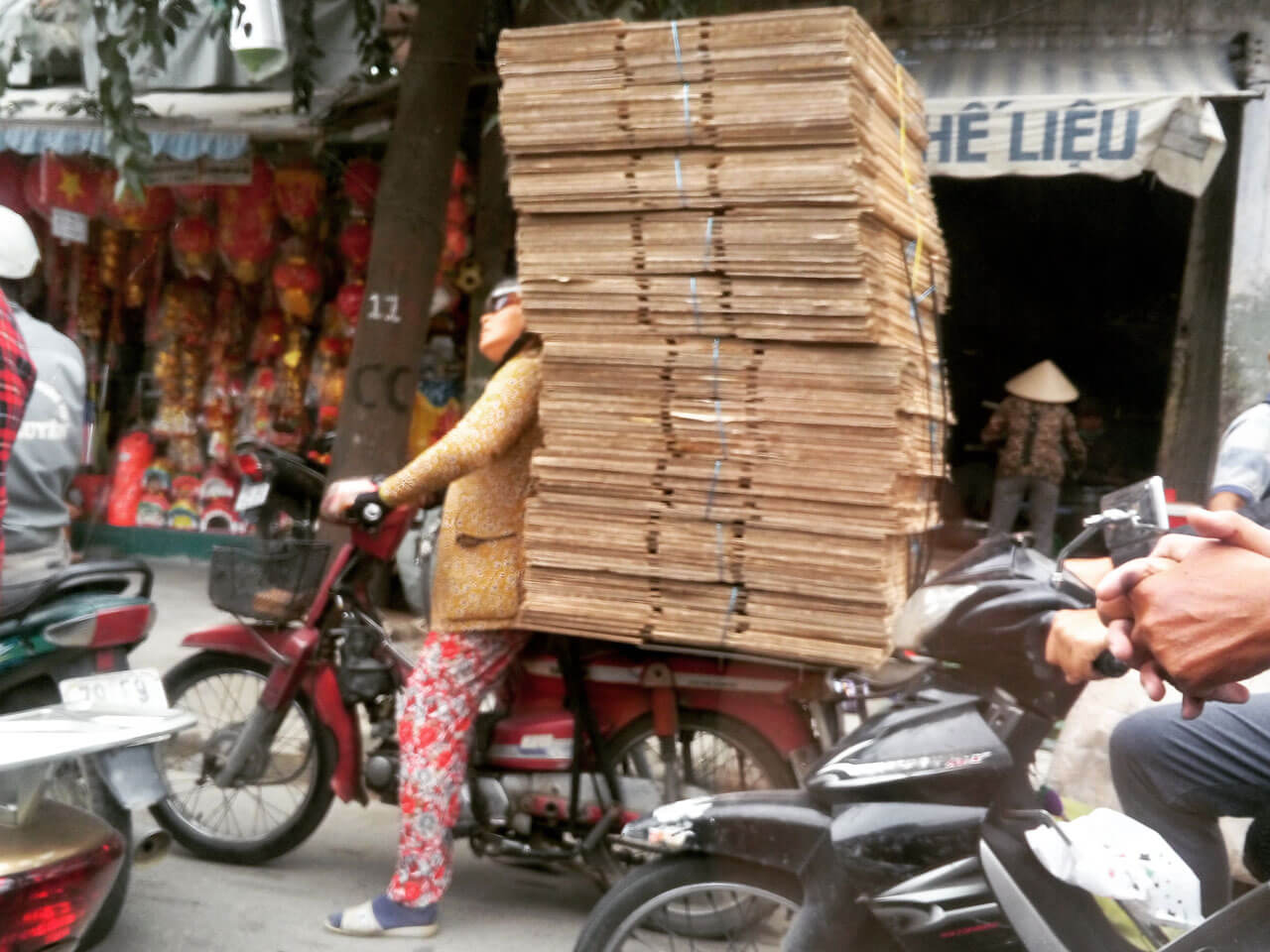
Be sure to watch a short documentary about the life of street vendors (as well as other movies about vietnam): their simple but very touching stories will make you look at their work and lifestyle differently. Be sure that the results of your pedometer for the day are just ridiculous compared to the distances that these fragile-looking women overcome.
The third floor can impress even thick-skinned warriors: “Woman has no place in war“, – you say. But what does she do when war comes to her house? She takes up arms. The museum stores information about the repeated victories of female commanders of Vietnam over the Chinese conquerors. Or this is what will change your view of the world: in 1789, a detachment of war elephants under the command of a female general (Vietnamese, her name sounds like Bui Thi Xuan) won and helped push the army of 290,000 soldiers out of the country . Let me remind you that this year America received its first president (a man, of course), and France celebrated the capture of the Bastille. And then the elephants. Fighting. And the woman who carried out a successful military operation.
Of course, there is more talk about the recent past. The 20th century is a century of terrible trials for Vietnam: the struggle for independence, numerous civil wars, bombing. Again and again, women literally pulled out the country, working in the fields and partisan detachments, providing medical assistance to wounded soldiers. You will not be indifferent to one of the most famous photographs, in which a tiny Vietnamese girl, whose height barely reaches one and a half meters, leads at the sight of a huge American. When I asked a Vietnamese boy if he knew the name of this girl, he answered no, because in this photos are nothing special: during Vietnam War with America every girl was a real hero.
Women doctors, women spies, women poets, laureates of awards, freedom fighters of their people, mother-heroine. Dozens of roles, and none of them is secondary.
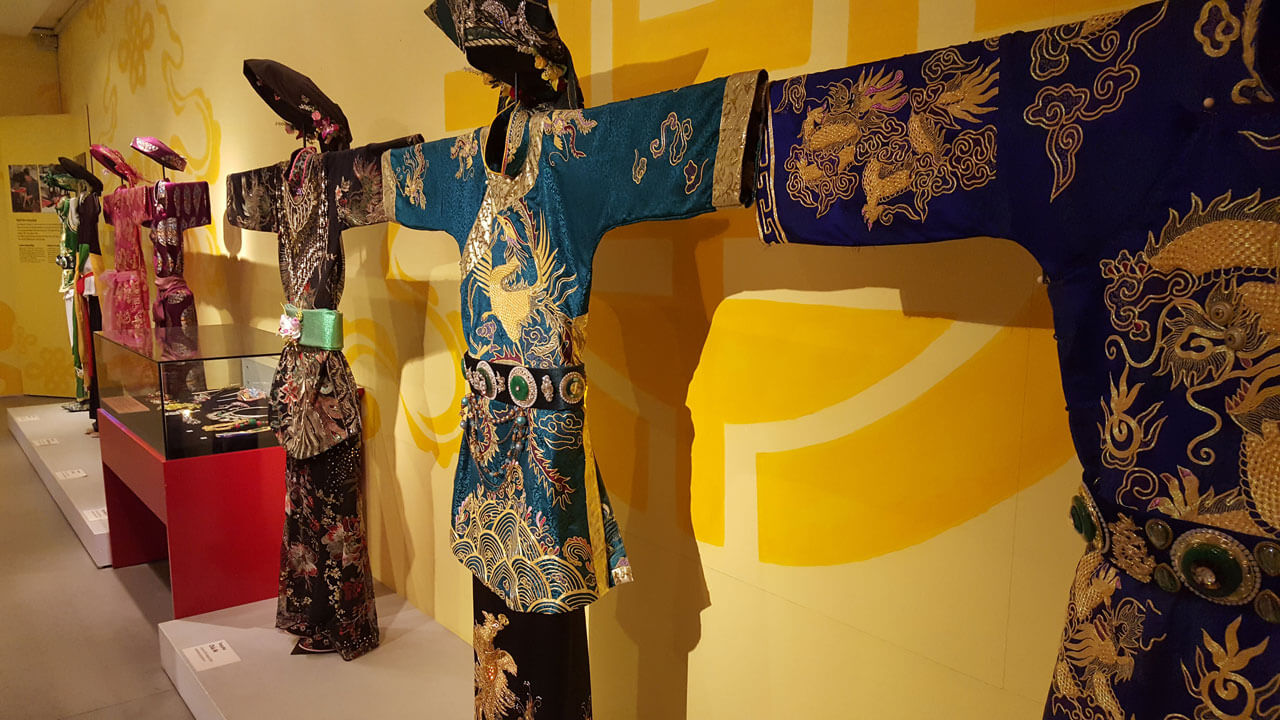
The fourth floor is dedicated to fashion. Here you will see folk costumes in different variations, depending on the place of residence of the community. You can trace the entire evolution of women’s clothing, the crown of which was Aozai – a symbol of femininity, chastity and tenderness. An interesting detail: the dress covers almost the entire body, except for a small triangle of skin on the side (a modest hint of sensuality).
Temporary exposure
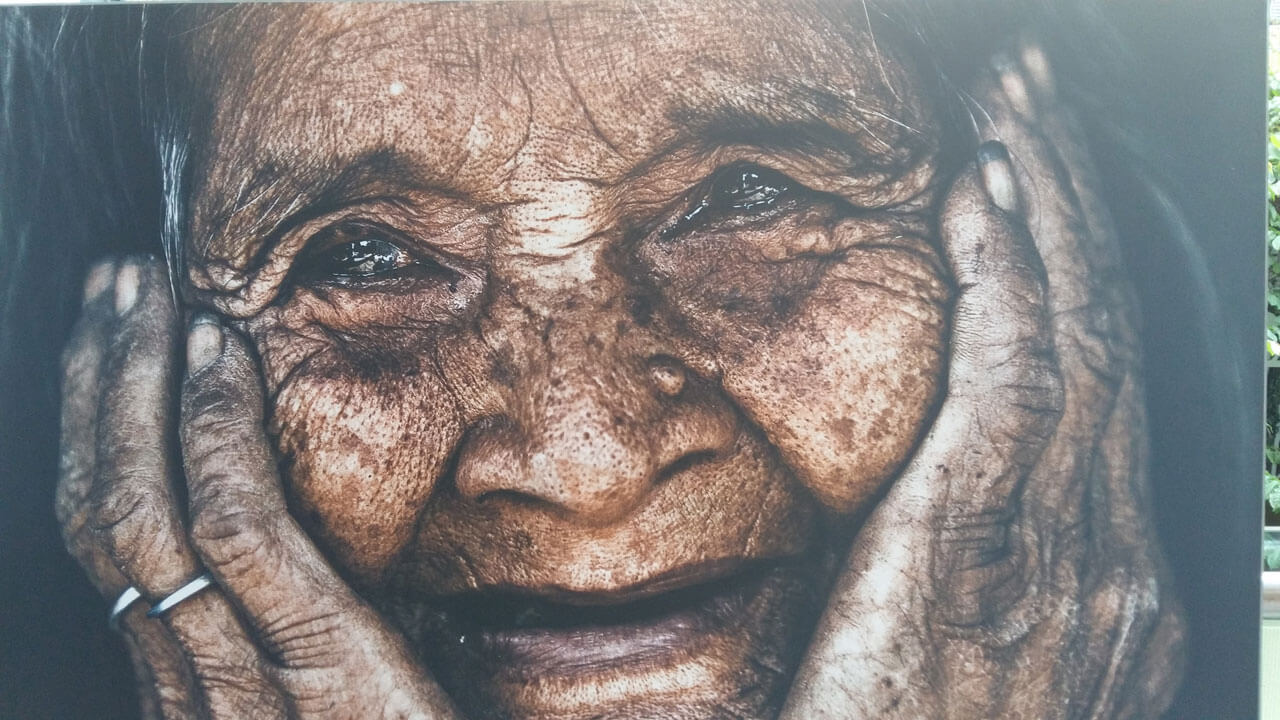
The museum regularly hosts exhibitions that will help to learn about some religious traditions or holidays. The main characters, of course, are women. The fifth floor is devoted to contemporary art: here you can see the work of already known or just emerging artists.
The impression of the museum
The museum is changing the outlook: general facts recede under the onslaught of real stories. Here you see the faces of real people. In terms of education, its importance is hard to overestimate: here are collected the results of the hard work of archaeologists and folklorists, historians and fashion designers, ethnologists and sociologists, who will help you get to know Vietnam even closer.
